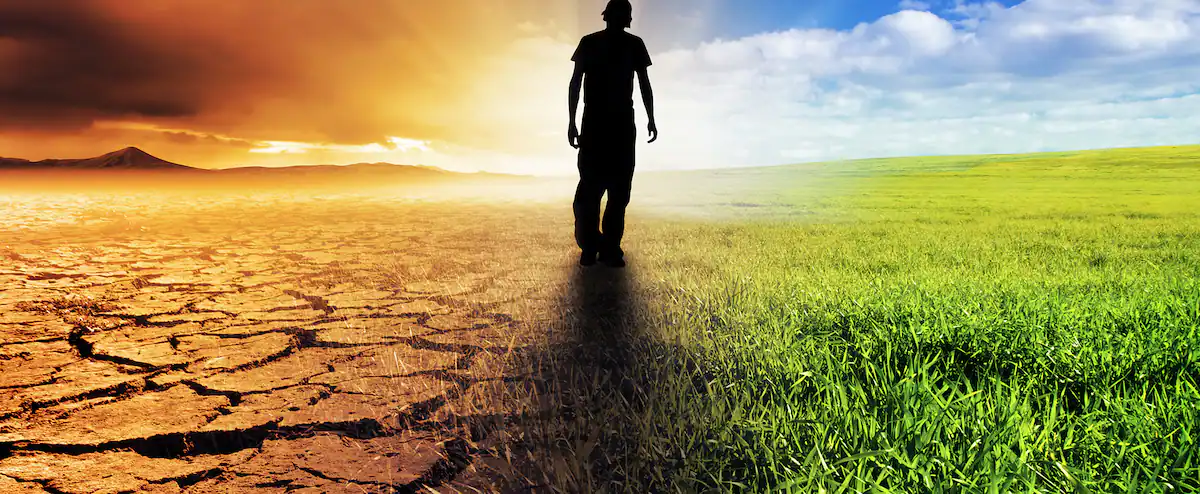Climate change can exacerbate more than half of the infectious diseases that humans come into contact with around the world, from common viruses to deadly illnesses like the plague, a study has found.
• Read also: Inflation: businesses profit, households absorb
• Read also: Thailand nightclub fire death toll rises to 17
Out of 375 human diseases, 218 of them, or 58%, can be affected by climate change, a study by the Australian independent media has found. The Conversationtuesday.
Floods, for example, can spread hepatitis. Rising temperatures can prolong the lifespan of malaria-carrying mosquitoes. Droughts can bring hantavirus-infected rodents into communities as they search for food.
With climate change influencing more than 1,000 transmission pathways, the study concludes that expecting societies to successfully adapt to all of them is not a realistic option.
“The world will need to reduce greenhouse gas emissions that drive climate change to reduce these risks,” says The Conversation.
Focusing on 10 climate-related hazards linked to increased greenhouse gas emissions: atmospheric warming, heat waves, drought, wildfires, heavy rainfall, floods, storms, sea level rise, ocean warming and land cover change; the researchers listed studies addressing specific, quantifiable observations of human disease occurrences related to these hazards.
In total, no less than 77,000 scientific articles were reviewed. Of these, 830 articles presented a climate hazard affecting a specific disease in an explicit place and/or time, which enabled the research team to create a database of climate hazards, transmission routes, pathogens and diseases. An interactive map of each pathway between hazard and pathogen is available online.
The greatest number of diseases worsened by climate change involve transmission via animals, such as mosquitoes, bats or rodents.
Climate disasters can also change human behavior in ways that increase their risk of exposure to pathogens. For example, during heat waves, people often spend more time in water, which can lead to increased outbreaks of waterborne diseases.
In some cases, climate-related hazards can increase the ability of pathogens to cause serious disease in humans.
For example, standing water left behind by heavy rainfall and flooding can be a breeding ground for mosquitoes, leading to increased transmission of diseases such as yellow fever, dengue or malaria.
Studies have shown that rising temperatures can also help viruses become more resistant to heat, leading to increased severity of illness as pathogens become better able to adapt to fever in the body. human.
According to the researchers, humanity will have to curb the emissions of greenhouse gases of human origin which feed global warming, the only solution to reduce this risk of aggravation of diseases.
